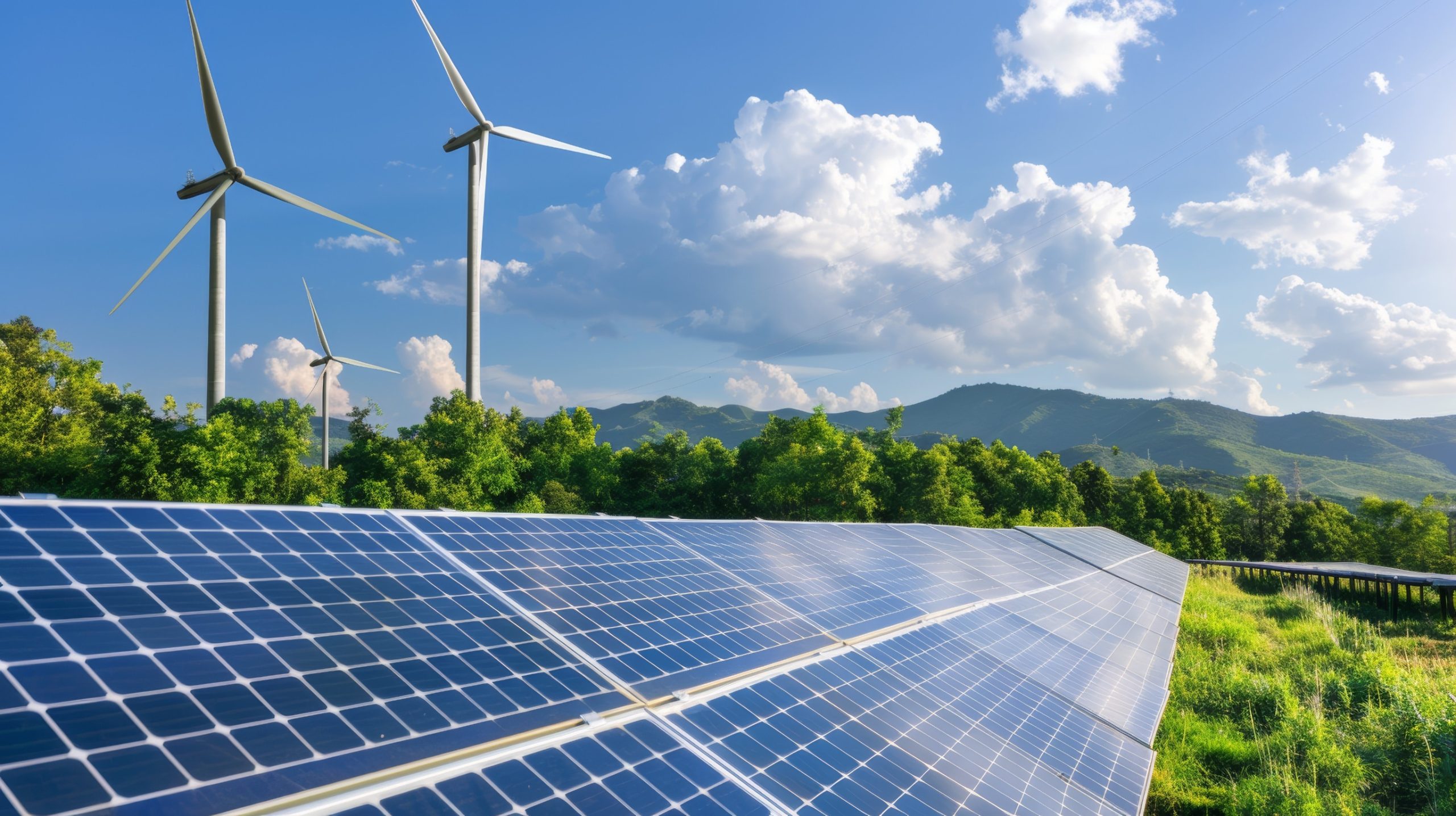Nopal, also known as prickly pear cacti, are so common on the Mexican landscape that they are even featured on the country’s flag. The plants are used in salads, shakes, and even some tortilla recipes. Now, one innovative company is finding yet another purpose for the plant as a source of sustainable biofuel.
After noticing that the nopal crops his company, Nopalimex, uses for tortillas produce up to 1,000 tonnes of biomass per hectare, businessman Rogelio Sosa Lopez began producing biofuel to create more viable local jobs, repurpose waste, and create a greener alternative to traditional fossil fuels. He started the initiative in 2009. Now, the company produces enough biofuel to offset its agricultural energy needs and has signed an agreement with the city of Zitacuaro, in the state of Michoacan, to provide biofuel for government vehicles including police cars and ambulances.
The biofuel production process is fairly simple. The cacti are cut and processed to extract flour which is used to make tortilla chips. The remaining scraps are combined with cow dung in a fermentation chamber that heats the mixture. The fuel is then distilled from the mixture. The high sugar levels in nopal make it perfect for biofuel production.
The key to successful biofuel is using crops without excess water consumption. Creating biofuel out of cacti byproducts is a great solution for close to zero waste fuel creation. Given the amount of nopal in Mexico, Lopez believes it could replace the traditional use of gas and fuel from non-renewable sources in the region.
The company isn’t stopping with cacti fuel. They are also researching the potential use of avocados for biofuel and looking into using cacti byproducts to make alternatives to plastic wraps, fabrics, and resins.
According to Danay Carrillo, a biofuels researcher at the Monterrey Technologic Institute in Mexico, waste-based biofuels are among the most sustainable kinds of fuel. Innovative energy solutions that take advantage of otherwise discarded waste materials are one of our best options for creating dependable renewable energy sources. From wind and solar to hydropower and biofuel, our planet is full of sustainable energy sources, we just need the creativity to capture them.












